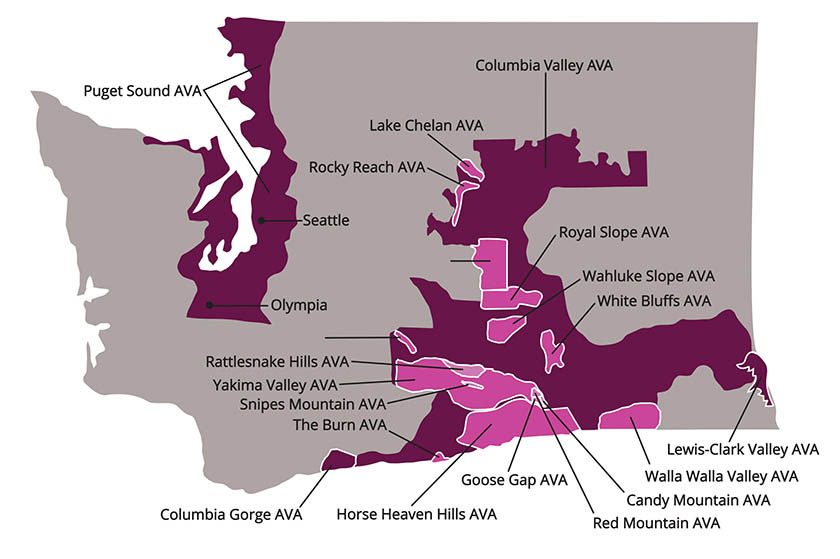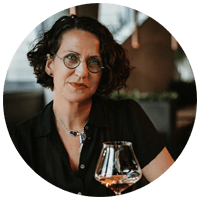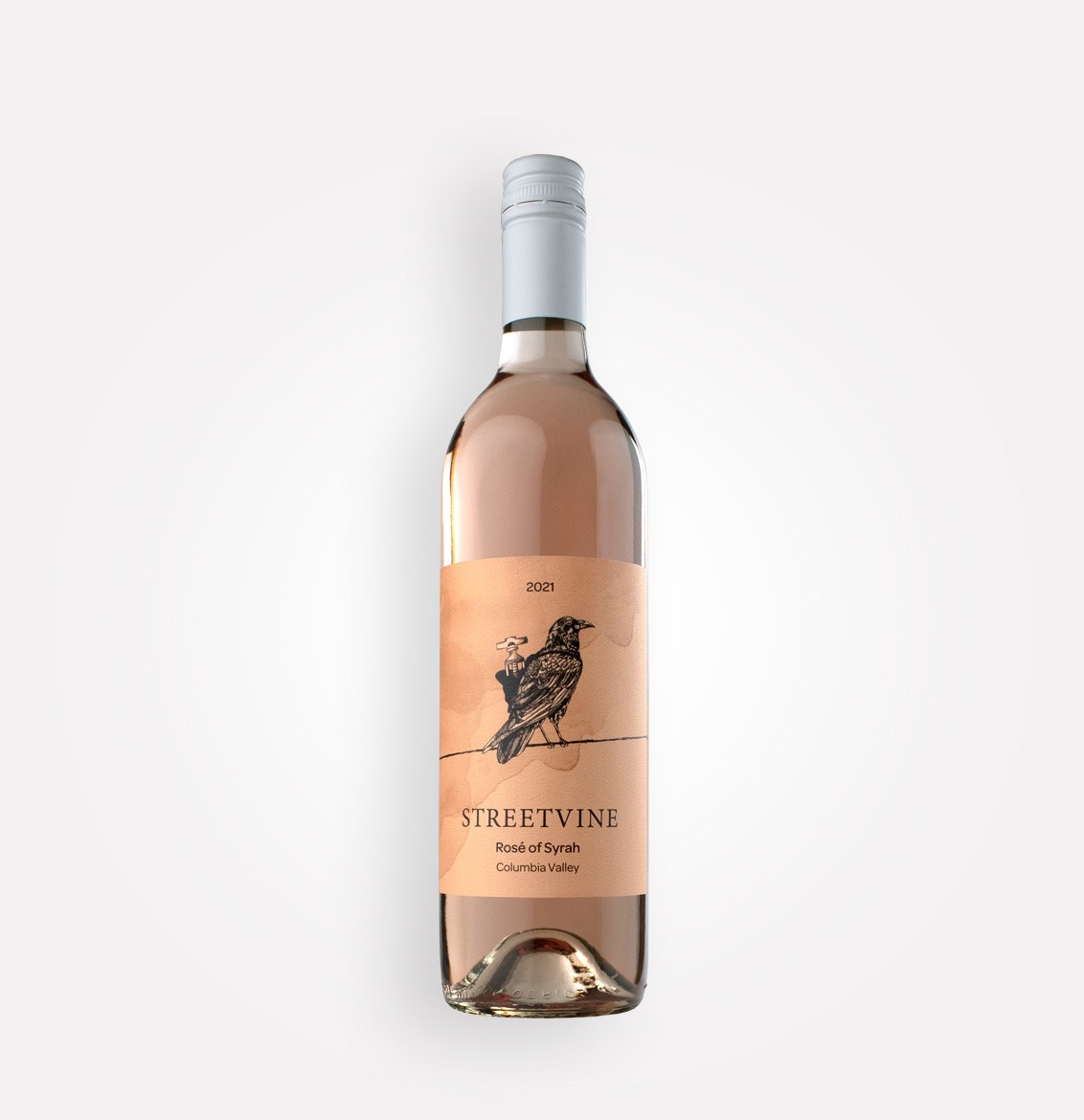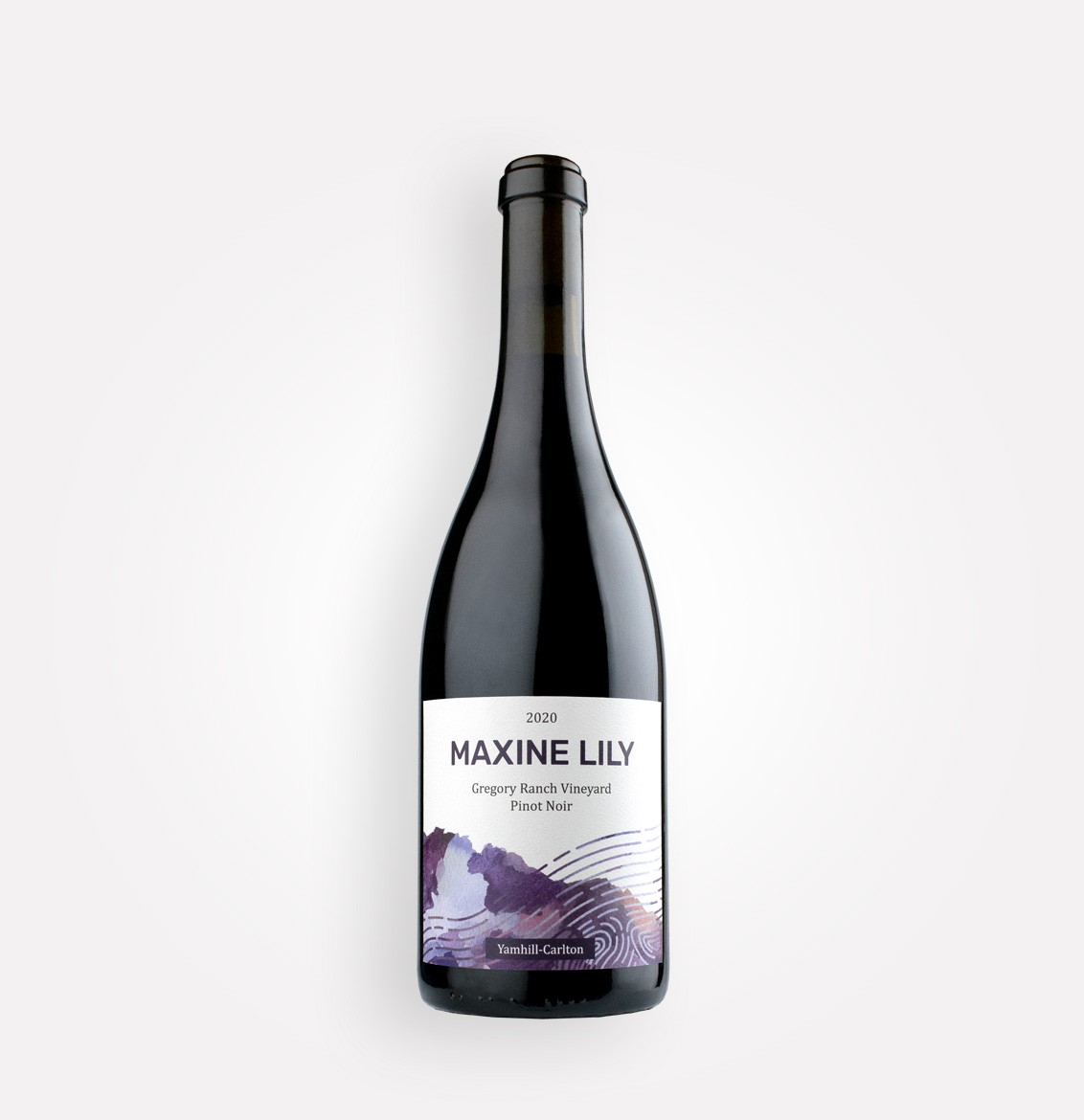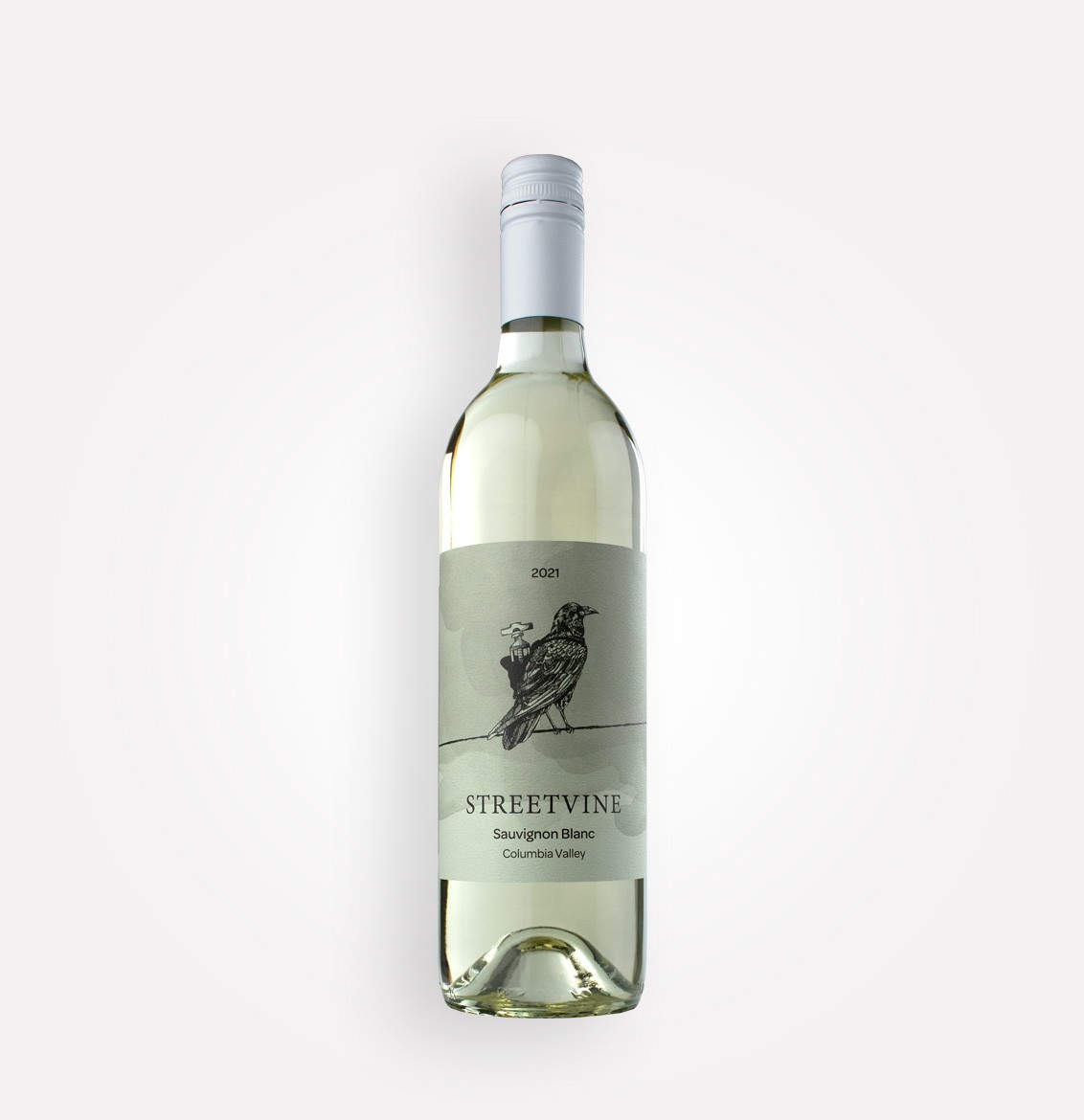Learning Washington wine is an exciting adventure for any wine lover
Washington has an incredibly diverse terroir for growing wine due to its location with a cool and windy region in the northwestern part of the state just off of the Puget Sound, to a drier milder climate in the east of the Columbia Valley.
After California, Washington State is the second-largest producer of fine wine in the United States and has a vibrant wine culture with smart and non-pretentious wine producers, professionals, and consumers.
When learning Washington wine and discussing the western part of the state, it is crucial to understand that although less than 1% of grapes that make Washington wine come for the Puget Sound AVA in the West, there are many wineries in the Western part of the state, most of whom source their grapes from east of the mountains.
Ideal latitude for quality wine
Washington sits at the northernmost limit of viable latitude for growing suitable grapes for making quality wine. This geographic location provides certain obstacles, but it gives Washington wine-growing areas from Eastern and Western climatic zones: long daylight hours and cool nights. In the West, where cloud cover and precipitation can be an obstacle to ripeness, this helps provide extra hours of photosynthesis, meaning more sugar in the grapes. There are few clouds and little rain in the hot, Sunny, eastern part of the state, which sits in the rain shadow of the Cascade Mountains. Grapes here get plenty of sun and ripen to high sugar levels. The northern location means cool nights, which allows the vine’s metabolism to rest. This slows down ripening, allowing for the natural preservations of acidity and complex aromatic characteristics to develop.
Most known for full-bodied reds
Washington produces both red and white wines, but generally, those made from eastern Washington fruit are full-bodied with a complex structure and tannins. For reds, Bordeaux varietals such as Merlot and Cabernet dominate the landscape, and for whites, Riesling and Chardonnay are the two most common varieties.
Although the Yakima Valley AVA, which is nestled within the Columbia Valley, was the first official AVA in Washington, the Columbia Valley is the largest, both in terms of acreage and volume of wine produced.
Diverse and dynamic soils
The climate is not the only significant variable in the terroir of Washington. The landscape and soil composition of Eastern Washington is also diverse and dynamic, having been shaped by the ancient volcanic activity and the constant upheaval by the Missoula floods at the end of the last ice age. These events left behind a great diversity of soils and terrains, meaning diverse terroirs for wine.
As one moves south around the Columbia River Gorge, the climate becomes more moderate, and here you can find both pinot noir and Rhone varieties planted. The Columbia Valley, Columbia Gorge, and Walla Walla AVAs straddle the state line with Oregon, while the Louis and Clark AVA is shared with Idaho.
Washington has so much to offer for every wine lover, from crisp white wines like Sauvignon Blanc and steel-aged Chardonnay to bold reds like Syrah and Cab Franc. Each varietal changes based on elevation, climate, soil, and passionate winemaker.
Learn more about Washington wines
10 things we love about Washington wine
A brief history of Washington wine
Five cool facts about Washington wine
Perspectives on Washington and Bordeaux
